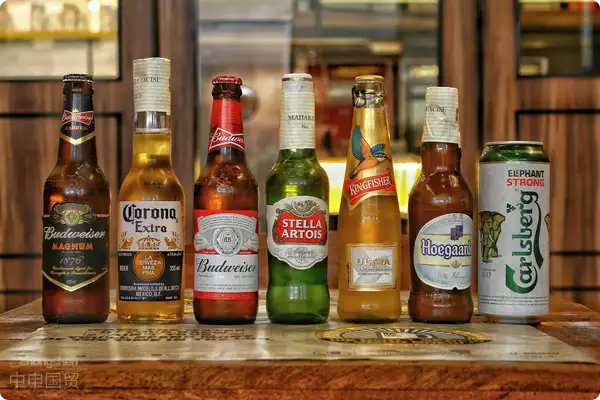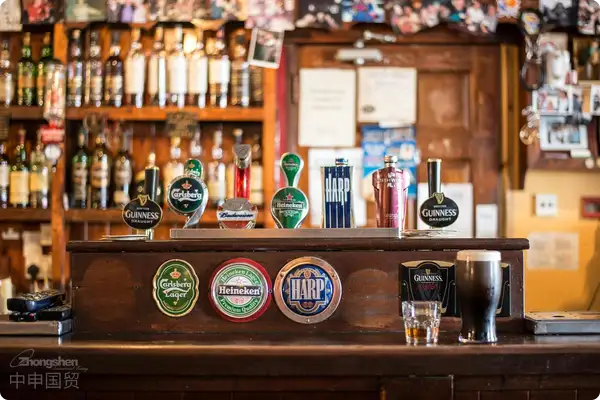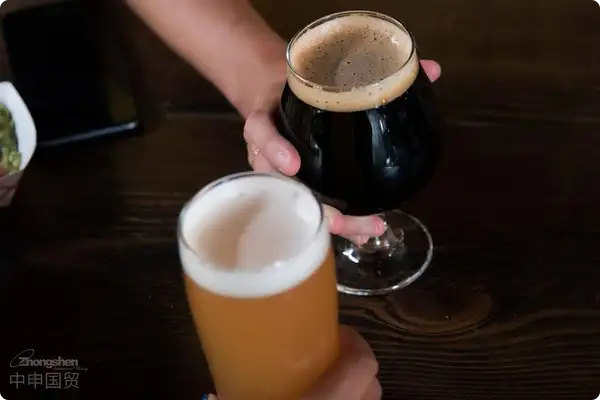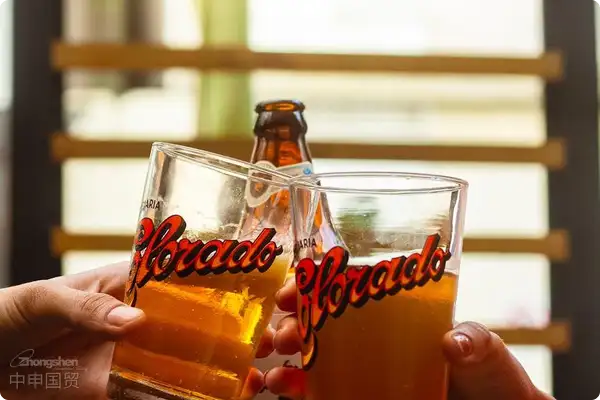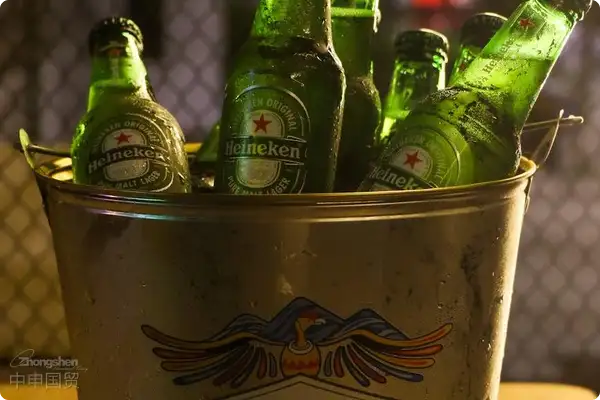- Shanghai Zhongshen International Trade Co., Ltd. - Two decades of trade agency expertise.
- Service Hotline: 139 1787 2118

Why Can Japanese Beer Remain Popular in the Chinese Market?
At the 2025 Shanghai International Wine Exhibition, an importer showed me the Otaru beer from Hokkaido that he represented. The sample with ice flowers on the bottle, just taken out of the refrigerator, attracted inquiries from more than a dozen distributors. This confirms the three major advantages of Japanese beer in the Chinese market:
- Quality perception advantage: The high - end image established by brands such as Kirin and Asahi radiates the entire category
- Flavor difference advantage: The beech barrel aging process brings unique taste memory points
- Consumption scenario advantage: The standard - equipped attribute in Japanese restaurants forms a stable distribution channel
Three key control points in the import process
Last year, for a batch of Sapporo draft beer customs clearance cases we handled, by making the following preparations in advance, we compressed the port detention time to 48 hours:
- Document pre - review system
- The Japanese liquor export license needs to include malt ratio data
- The Chinese back label needs to reserve a floating space of alcohol content ±0.5%
- Tariff application strategy
Commodity type Provisional tax rate in 2025 It is recommended to verify through the following methods:Book requirements Malt concentration ≥ 6°P 5% Needs to be issued by the Japanese customs Malt concentration < 6°P 10% Accept chamber of commerce certification - Cold chain connection plan
- The shipping refrigerated container needs to be equipped with a dual - temperature zone recorder
- Pre - cool the transit warehouse 72 hours before arrival at the port
Three hidden minefields often stepped on by importers
A certain customer once had a whole container of goods returned due to neglecting the detection of the bottle cap material. These lessons remind us to pay attention to:
- Packaging compliance: The coating of the易拉罐 needs to meet the GB 4806.9 food contact standard
- Advertising language review: Medical - claiming words such as treatment and health preservation are prohibited
- Microbial secondary pollution:Maritime TransportationTemperature fluctuations during the period may activate dormant yeast
Practical case: Comparison of two typical customs clearance solutions
Case A (conventional customs clearance):A certain winery in Osaka exports 500 cases of limited - edition beer for the first time
Adopt the pre - labeling at the place of origin + temporary storage in the bonded area mode, complete the whole process in 20 days, and reduce the comprehensive cost by 8%
Case B (special certification):Kyoto handmade beer applies for organic certification
Prepare JAS organic certification conversion documents 6 months in advance, cooperate with the customs on - site sampling, and finally obtain market premium space
Five golden standards for choosing an agency company
- Whether it has the qualification to handle the automatic import license for alcoholic beverages
- Whether it can provide an integrated system for customs, logistics, and warehousing
- Whether there are actual cases of handling the same type of products
- Whether an emergency response mechanism is established (e.g., insuring against sudden return of goods)
- Whether Japanese - major customs declaration talents are allocated to handle original factory documents
I remember handling a batch of special yuzu beer for a customer last year. Because the raw materials contained 30% fruit juice, it was almost classified as a beverage for taxation. Finally, by submitting the brewing process instructions, the identity of the beer category was successfully retained - this case tells us that professionalsImport Representationshould not only understand regulations but also products.
Related Recommendations
Category case
Contact Us
Email: service@sh-zhongshen.com
Related Recommendations
Contact via WeChat

? 2025. All Rights Reserved. 滬ICP備2023007705號-2  PSB Record: Shanghai No.31011502009912
PSB Record: Shanghai No.31011502009912
